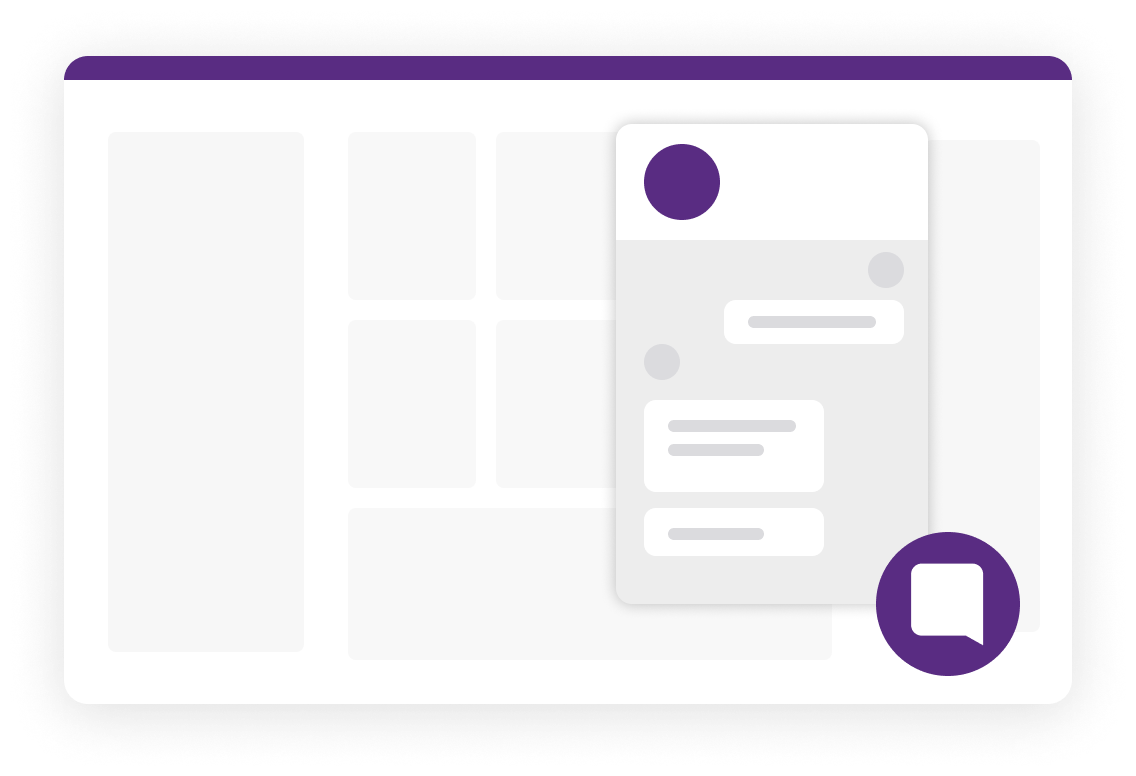Dependent Care Flexible Spending Accounts (DFCSA) are tax-advantaged accounts that let you use tax-free money to pay for eligible dependent care expenses. A qualifying ‘dependent’ may be a child under age 13, a disabled spouse, or an older parent in eldercare.
Millions of Americans use a DCFSA to help defray costs associated with childcare or elder care. In many cases, you can pay your childcare or elder care provider directly from the account. Or you can pay for services like usual, then reimburse yourself out of the account later.
Even though DCFSAs are easy to use, there are rules that you need to keep in mind as you make your benefits elections. Knowing these rules can help you avoid pitfalls and stretch every dollar further.
#1 Contribution limits apply
The Internal Revenue Service (IRS) sets the annual DCFSA contribution limit each year. Note, however, that employers may set their own limits below the IRS limits. Be sure to review your plan documents for your organization’s specific limits. You can always view the latest IRS contribution limits at this page.
#2 Account funds are available only as you make contributions
Unlike traditional healthcare FSAs, which give you the entire annual contribution amount on the first day of the plan year, DCFSA funds are only available as you make contributions.
Let’s say you elect to contribute $3,000 for the year. Usually, your employer will deduct that money in equal parts across all paychecks. So, if you earn 24 paychecks, you should expect to see $125 deducted from each paycheck ($3,000 divided by 24). That’ll give you $250 each month in pre-tax dollars to pay for eligible dependent care expenses.
#3 Unused funds return to the plan
DCFSAs work similar to traditional FSAs, which mean that DCFSAs include use-it-or-lose-it rules. Unused account funds will return to your employer at the end of the plan year.
Importantly, some organizations offer DCFSA grace periods, giving you a few extra weeks or months at the end of the plan year to spend down your remaining funds. Check your plan documents to see if you have extra time to use your DCFSA funds.
#4 Election amounts can only be made during annual enrollment, unless you have a qualifying life event
Plan your spending carefully. After you elect your benefits, you can’t change your annual contribution amount unless you experience a qualifying life event, which may include:
- Change to employment status for you or your spouse
- The birth or adoption of a child
- Marriage or divorce
- Daycare closure
#5 Documentation from a babysitter is usually required
You can use DCFSA funds to pay your babysitter, but there are a few things to keep in mind. First, DCFSAs only cover babysitting during your working hours (while you’re working, looking for work, or attending school full time).
So, you can’t use the account to pay your babysitter during date night.
In addition, your babysitter cannot be a dependent. That means you can’t pay your older child to babysit younger siblings.
Finally, you’ll need documentation from your babysitter. If you have a younger sitter, or someone without an official business, you can just hand write the information on a piece of paper, have the sitter sign it, then upload a picture of the documentation onto your online account or EZ Receipts mobile app.1
Be sure to consult a tax advisor before making any decisions.
Have questions? Visit our Help Center.
Want more? Watch our on-demand webinars.
HealthEquity does not provide legal, tax or financial advice. Always consult a professional when making life-changing decisions.
1Accounts must be activated via the HealthEquity website in order to use the mobile app.



Follow us